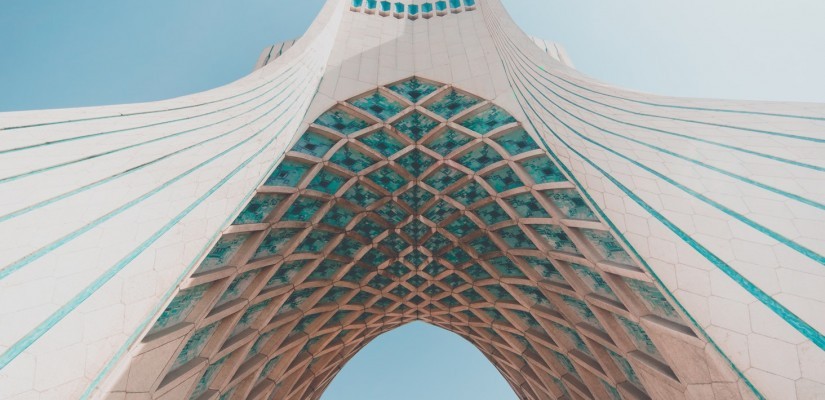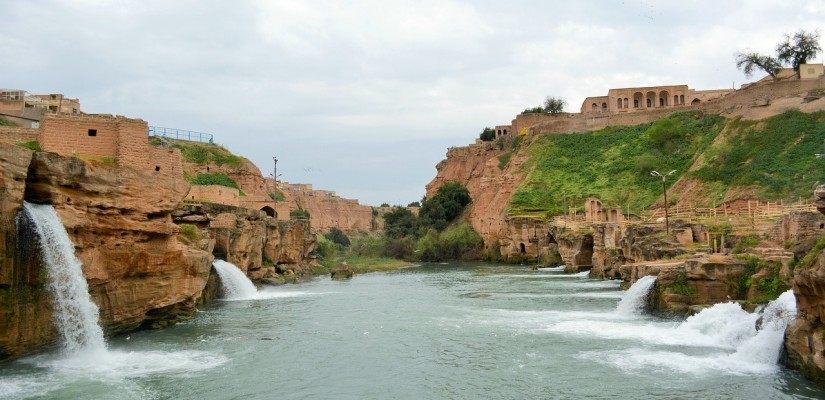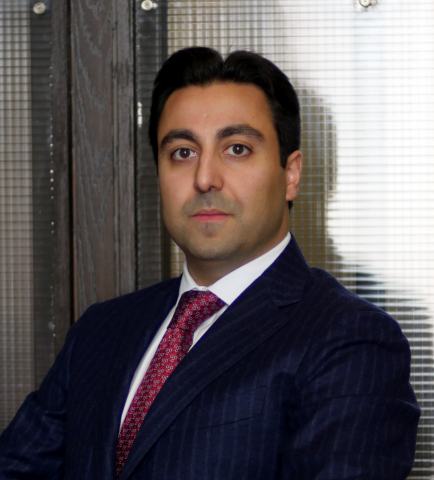On September 22, 2018, Iran held a military parade in the city of Ahvaz in the southwestern province of Khuzestan. Interrupting the showcasing of military hardware and soldiers of the elite Islamic Revolutionary Guard Corps was a mass shooting conducted by 5 participants that targeted both soldiers and civilians alike. The attack resulted in 25 victims, 70 non-fatal injuries, and the deaths of all 5 shooters. The Ahvaz National Resistance, an offshoot of the Arab Struggle Movement for the Liberation of Ahwaz, later claimed responsibility for the attack. This separatist movement pushes for the secession of Khuzestan Province on grounds of the area being of Arab composition. However, it is quite difficult to assert that the area is exclusively Arab given that there are a number of other ethnic groups in the province. After all, groups such as Bakhtiaris comprise around half of the total population of Khuzestan and other Iranian (such as Lurs) as well as non-Iranian groups (such as Armenians) also maintain historical presence in Khuzestan.

Following the military parade attack, sentiments of Iranian nationalism rose and retaliation ensued. Iranian-produced short-range ballistic missiles were launched from Kermanshah Province to Syria, striking militants in a symbolic act of revenge over the Ahvaz attack. The short-range capability of the launched missiles would not have been sufficient to strike Israel. This sent a clear message of intent that the incident that did not seek to antagonize Israel, and that the targets were exclusively viewed as terrorists. It is further unlikely that the parade attackers were supported by some form of clandestine Israeli involvement, which was rather credited to the USA and some members of the Arab World. This was also notable because Iran was bombing a country from within its borders, which is something that had not been done since the Iran-Iraq War. Moreover, this instance highlights the achievements accomplished by the Islamic Republic in its domestically-produced missiles, which added a degree of nationalistic flair.
A worthy note about Iranian nationalism in this context would be that it is inclusive of Iranian Arabs. Contrary to the notion of Arab separatism in Iran being a constant struggle resulting from Persians endlessly oppressing Arabs, history provides a strikingly different narrative and demonstrates that Arabs have been very much a part of Iranian history. In Pre-Islamic times notable instances of Arabian support for Iran would include the Lakhmid Arabs that provided military cavalry to the Sassanian Empire, the Lakhmid king Al-Nu’man I ibn Imru’ Al-Qays raising Bahram V, who would eventually become Shahanshah of Iran, and the number of well-documented Arab tribes that defended Iran against the invading Rashiduns. Indeed, even after Islam was introduced to Iran, Arabs continued making iconic contributions to Iranian history and identity. Yazid Al-Shaybani founded the House of the Shirvanshahs, which revived Iranian culture following the Islamic conquest. Hassan ibn Al-Sabah headed the Hashishin, an order that eventually became known as the “Assassins” due to their operations against Crusaders in the East Mediterranean. Sheikh Bahai, an influential Shia theologian, poet, and architect, flourished in the Safavid Empire and is credited with designing the city of Isfahan. More recently, in 2014, IRGC Quds Force Brigadier General Hamid Taqavi was killed in an anti-ISIL operation in Iraq and was celebrated across the country as a hero. Select Arab tribes in Iran include the Al Katir, Azdi, Banu Ka’b, Banu Tamim, Bavi, Bohluli, Chanana, Shaybani, Khozaima, Montafaj, Mishmast, and Zangooyi. Many are indistinguishable from their Iranian compatriots and are seamlessly integrated into mainstream Iranian society. Hence, Arabs have been, are, and will continue to be very much a part of Iranian society. Therefore, being both Arab and Iranian is not viewed as contradictory, which once again leads to the question as to how popular separatist views truly are.

Iranians moreover do not view ethnicity along the same lines as a Western-styled nation-state. Indeed, the concept of ethnicity is quite different in the Middle East than other parts of the world, particularly ones deriving from the European-initiated nation-state. It is presumptuous to assume that simply due to the existence of occasional tensions across the spectrum of history in an area that possesses quite a lengthy history that neighbors cannot harmoniously coexist. Saddam Hussein mistakenly believed the idea of ethnic unity within a nation-state was universally applicable and that Arabs in Iran would therefore provide relieved welcoming support to an Iraqi force intending to provide liberation for their “oppressed counterparts”. Iraqis instead were overwhelmingly surprised when not only did Iranian Arabs viciously fight against the invading Iraqis, but that other Iranian peoples came to the defense of their Arab compatriots.
It is important to note that the recent military parade attack may bolster support for the current Iranian regime, similar to how when other countries come under attack from a perceived foreign threat. The Ahvaz National Resistance and larger Arab Struggle Movement for the Liberation of Ahwaz are perceived as proxy groups that are funded by outsiders. They are likewise condemned by the population of Iran, inclusive of Iranian Arabs, and viewed as fronts to destabilize the country. In essence, the notion of Arab separatism in Iran carries an ethnic factor, but also a heavier ideological one that maintains strands of separatism at its core. While this does appear to be a contradiction in terminology, the fact remains that the vast majority of Iranian Arabs are quite patriotic and are not inclined to support separatist movements.
